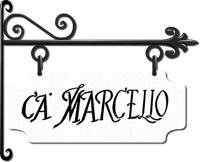The islands of the Venetian lagoon are very different from each other and have different stories to tell.
We left Fusina with an organized boat, but the islands can be safely done by public transport Actv (information at the end of the article).
“San Francesco del Deserto”, Venetian lagoon
The first island is San Francesco del Deserto. The small island is surrounded by cypress trees and looks from afar like a green spot in the middle of the Lagoon.
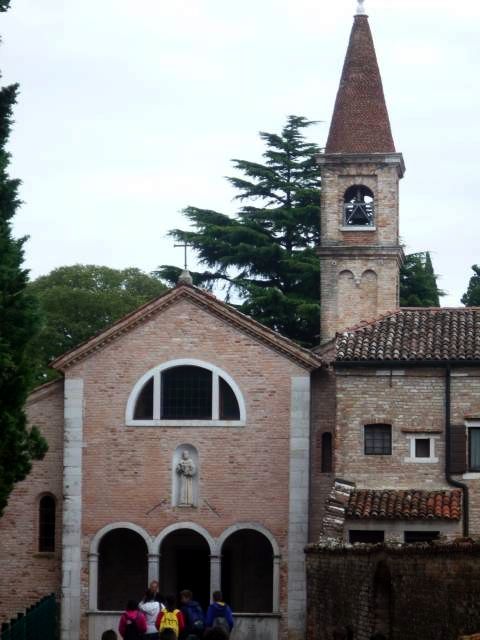
The island is inhabited by Friars Minor from about 1230, and it is believed that St. Francis passed from here in 1220 on his return from his trip to Egypt and Palestine on a Venetian ship, finding shelter during a storm.
The legend says that St. Francis planted a stick that grew to become the pine that the friars still show today.
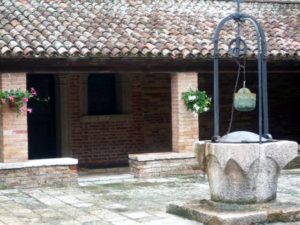
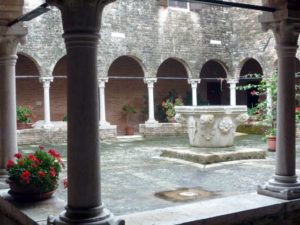
Along the edge of the island there is a beautiful park that overlooks Burano.
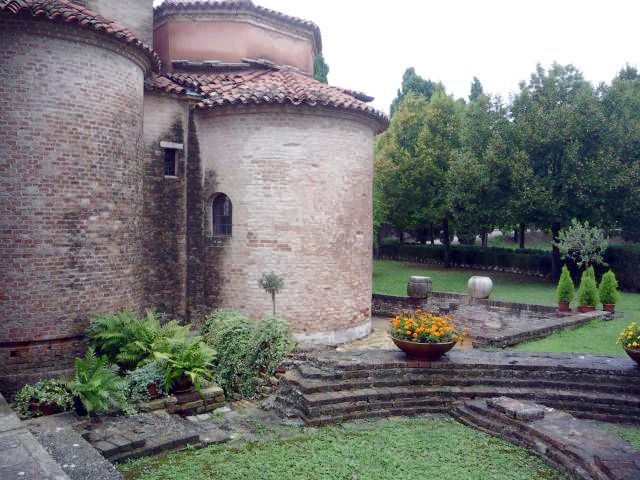
Burano, Venetian Lagoon
Burano is famous for its colorful houses. The island is known for its ancient school of lace known since the 16th century.
Burano is also an island of fishermen and it can also be understood from the numerous boats moored at the piers and on the small canals (although most of the people now work in Murano, Venice or mainland).


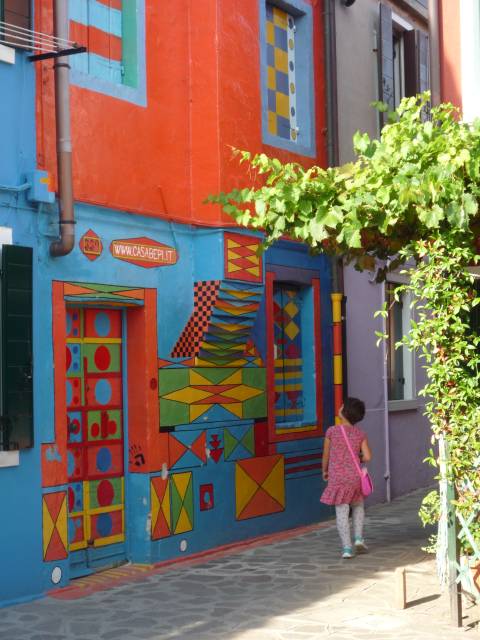
In addition to the Lace Museum, visit the church of San Martino with its incredibly leaning bell tower.
The advice is not to stay only on the main street, but to get lost in the streets (calle) to see the authentic Burano. There’s no risk of getting lost as Burano is a small island.
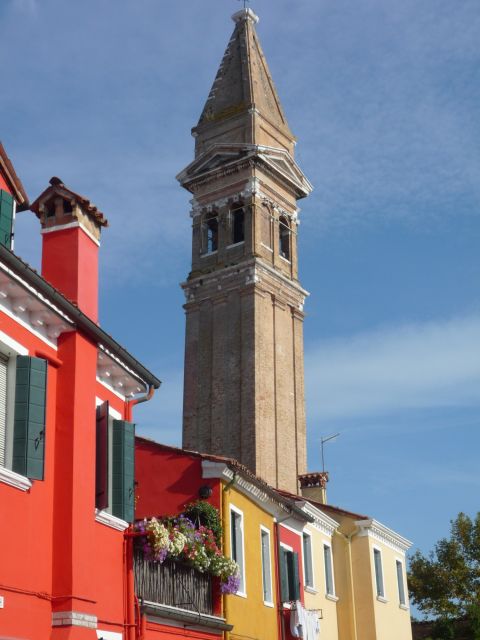
Torcello, Venetian lagoon
From Burano you reach, in a very short time, Torcello. The island was the first inhabited island in the lagoon, the “first Venice”. The legend saysthat it was founded in 452 by populations fleeing from Altino to escape from the Huns.
Entering the island you will see the Devil’s bridge, to which are linked the events of a beautiful Venetian girl, a young Austrian officer and the devil in the form of a black cat.
The bridge is without sides, as once it used to be.
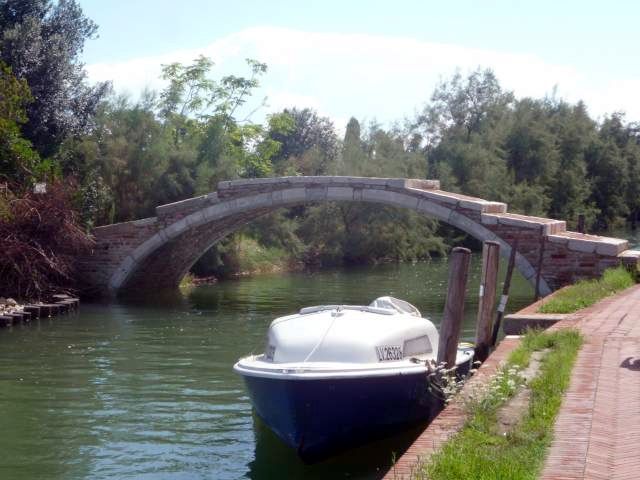
The island owes its charm to the few but extraordinary monumets, gathered mostly around the small square of the island.
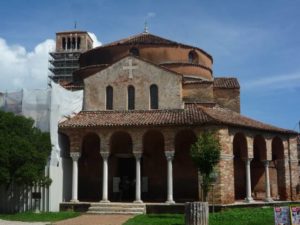
Attila’s throne, marble seat used by tribunes to administer justice. There is a legend that says instead it was the throne of Attila (hence the name), king of the Huns.
The church of Santa Fosca, dating back to the eleventh century.
The cathedral where an inscription testifies that it was built in 639. Inside numerous marble and Greek columns, as well as the famous Byzantine mosaics that decorate most of the floor and walls.
Torcello also has an agricultural vocation, and there is the cultivation of an ancient native vine, the Dorona, that was in danger of disappearing, already cultivated in the fifteenth century whose wine was much loved by the Doges.
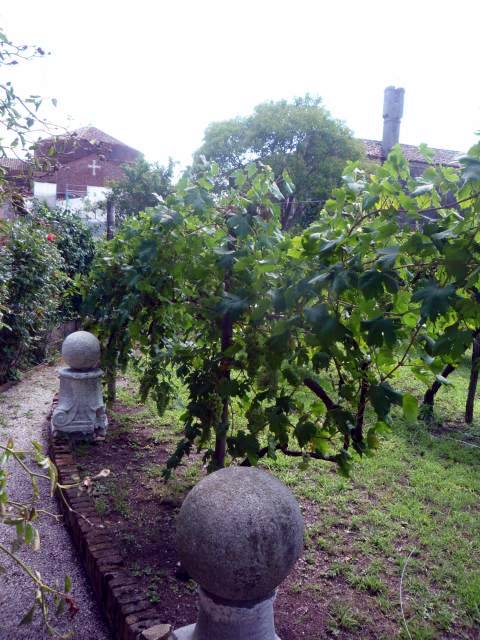
How to reach the islands of the Venetian lagoon
From Piazzale Roma take the line that goes towards Murano. You can get off at Fondamente Nuove and take the ferry boat to Burano and Torcello, or you can get to Murano and then take the same ferry.
To visit the island of San Francesco del Deserto, take information on their official website and plan to take a taxi to reach it. The journey from Burano is very short.
Other things to do in the Venetian Lagoon
Laguna Sud: Chioggia, Pellestrina, Ca’ Roman
